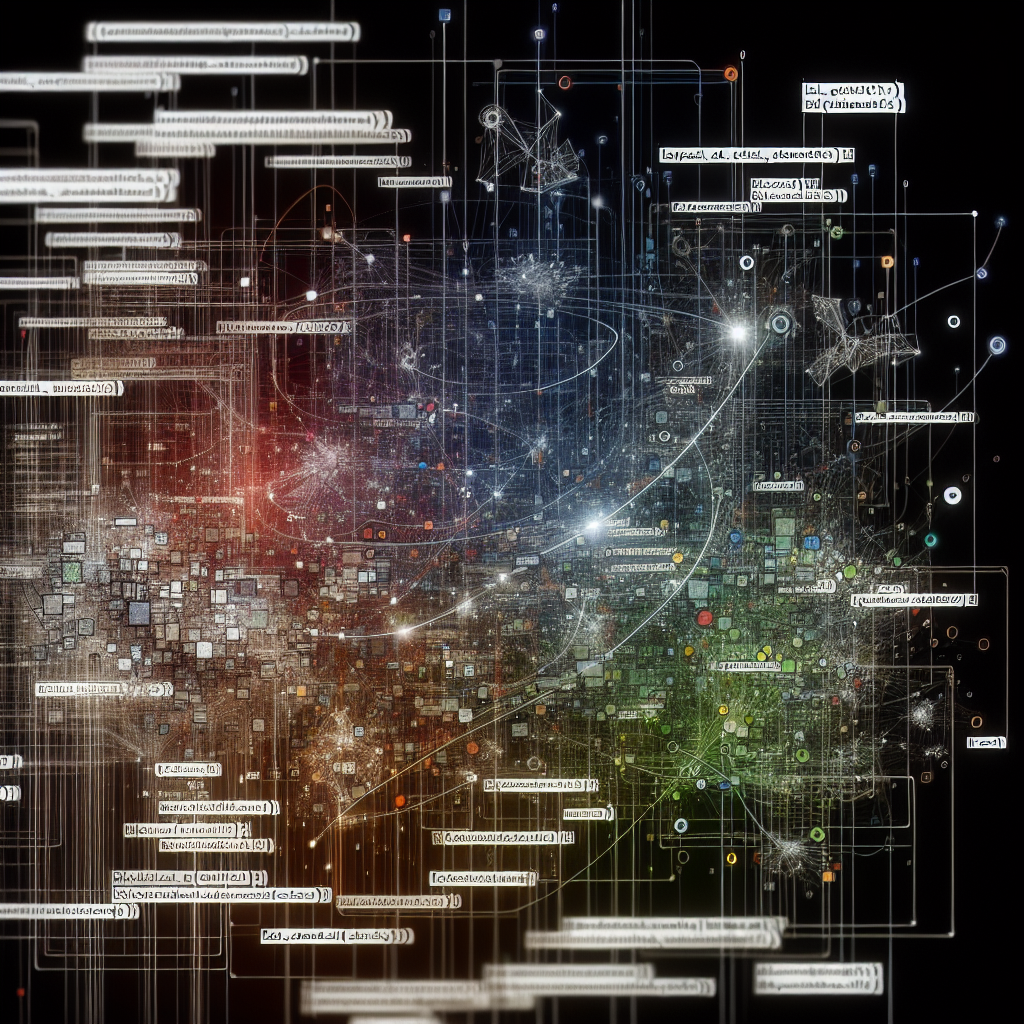The Dawn of Open-Source Dominance: Wizard LM2 Unleashed
In the rapidly evolving world of artificial intelligence, the release of Wizard LM2 has sent shockwaves through the tech community, heralding a new era where size doesn't just matter — efficiency and accessibility do too. Just over a year after OpenAI's groundbreaking release of GPT-4, the tech landscape has witnessed the birth of a giant killer — the Wizard LM2. This open-source variant is not only about 10 times smaller than its illustrious predecessor, but it also boasts superior efficiency and significantly reduced operational costs. Let's deep-dive into how Wizard LM2 is reshaping the AI domain and why it matters.
Smaller, Cheaper, Better: The Wizard LM2 Lowdown
Wizard LM2 emerges as a beacon of technological democratization. With its lean yet powerful design, it is engineered to be accessible to a broader spectrum of users — from big tech companies to individual hobbyists. The model is available in three sizes: 7B, 70B, and the colossal 8X 22B, each tailored to different user needs and computational capabilities. The smallest model alone outperforms other notable models like CLA 2, setting a new standard for efficiency and effectiveness in AI.
This model's edge comes not only from its size and cost but from its open-source nature. Being open-source, Wizard LM2 can be tweaked, fine-tuned, and utilized by anyone, breaking the monopoly that big corporations often hold over state-of-the-art AI technologies. This democratization of technology fosters a more inclusive, innovation-driven community where developments are propelled not by profit but by progress.
Performance That Packs a Punch
In performance metrics, Wizard LM2 stands tall among titans. The 70B variant outshines competitors like MIST Large and even Claude 2.1, while the 8X 22B model edges out GPT-4, a feat that underscores not just parity but superiority in certain aspects. Despite these advances, it still trails slightly behind the newer Claude 3 Opus, suggesting that while Wizard LM2 is revolutionary, the race in AI technology is far from over.
Such competitive performance indicates a significant shift in the landscape, where not only do open-source models compete with proprietary ones, but they occasionally surpass them. This shift could redistribute the power dynamics of AI development from the hands of a few to the global tech community.
Open-Source AI: A Double-Edged Sword?
The open-source nature of Wizard LM2, while revolutionary, brings with it a slate of ethical and security considerations. Open-source software is vulnerable to both misuse and abuse, raising concerns about the potential deployment of such powerful tools in harmful ways. However, proponents argue that open-source models offer a counterbalance to the potential dangers of AI monopolized by corporate giants. They believe that a communal approach to AI development can lead to more robust, ethical, and transparent use of technology.
In this ongoing debate, the Wizard LM2 stands as a testament to the potential of open-source AI, embodying both its immense promise and its complex challenges. The accessibility of such technology means that AI is set to permeate every corner of our digital existence, from mobile phones to kitchen appliances, making our world smarter but also raising questions about surveillance, privacy, and control.
The Economic Implications: AI for All
The reduced cost of operating Wizard LM2 is not just good news for developers and tech enthusiasts; it heralds a significant economic shift. As AI becomes cheaper, it becomes more ingrained in various sectors of the economy, potentially leading to increased productivity but also to significant disruptions in the job market. This "race to zero" in AI costs could democratize technology, but it also requires careful management to ensure that this boon does not become a bane.
Moreover, the advent of technologies like multi-agent AI systems, which can perform diverse tasks from research to content creation, underscores the need for models like Wizard LM2 that offer both performance and affordability. This blend of capabilities is crucial for startups and medium-sized enterprises that want to leverage AI without incurring prohibitive costs.
Looking Ahead: What's Next for AI?
The unveiling of Wizard LM2 is not just a milestone but a harbinger of the future landscape of AI. As we look forward, the trajectory of AI development seems poised for a skyrocketing trajectory of innovation. Open-source models like Wizard LM2 will likely play a pivotal role in shaping this future, driving both technological advancements and policy discussions.
The journey of AI is as thrilling as it is unpredictable. With each advancement, we step closer to a world where AI is not just a tool but a ubiquitous, integral part of our daily lives. The Wizard LM2, with its robust performance and revolutionary accessibility, is not just a new chapter in the AI saga but a potential catalyst for a new era of technological democratization.
As we navigate this exciting and daunting terrain, one thing remains clear: the future of AI is not just about building smarter machines but also about fostering a smarter, more equitable society. Wizard LM2 might just be the key to unlocking this future.
For additional insights on the impact of open-source AI models
Related News
- The Rise of Open Source AI: A Game Changer in the Tech Industry
- OpenAI's Bold Moves: The Evolution of AI Models
- Exploring the Latest Breakthroughs in AI: A Week of Transformative Developments
- AI Developments: A New Era of Multimodal Models and Competitive Innovations
- The Exponential Growth of AI: Deciphering the Latest Developments
